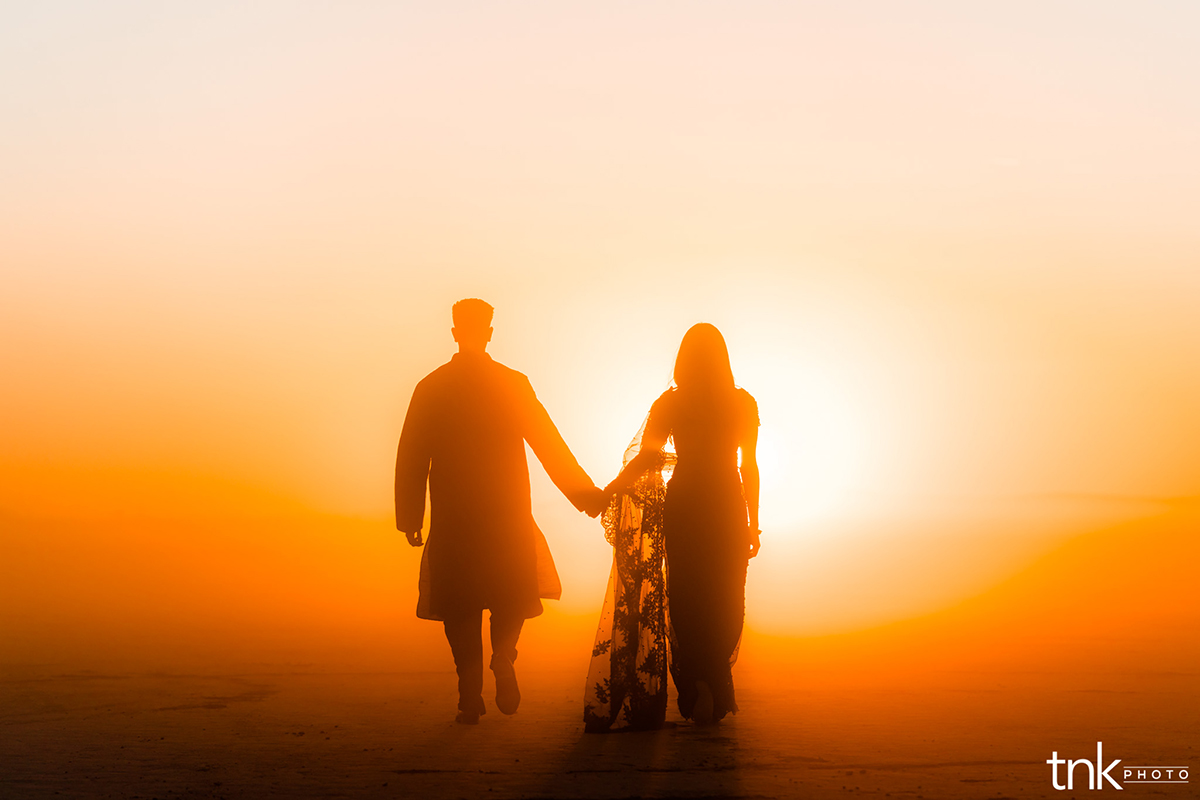Epic Illuminations
Whether Elmer Escobar is shooting a wedding in midday at a marina or couples at dusk on the dramatic Dumont Dunes, it’s all about the light, and his Tamron 70-180mm F/2.8 Di III VXD lens.
More Photo Tips | Video Gallery | Photo Gallery | Enewsletter sign-up
By Jenn Gidman
Images by Elmer Escobar
Elmer Escobar’s pathway to becoming a wedding photographer started out in a most ironic way: He picked up a camera to soothe his broken heart, and to serve as a distraction, after his girlfriend broke up with him. “I didn’t want to sit home wallowing in depression, and my brother recommended I get out to do something I enjoyed, so I started taking pictures all over New York City, especially at night.”
Then one day a friend asked him to assist in photographing a wedding, and that job led to another, and then another. “I soon realized this was what I wanted to do for a living,” Elmer says, adding that he’d been a business major at the time. “I knew if I switched majors and applied myself, I had a good chance of making a decent living at this.”
Today, Elmer runs TNK Photo, based out of Orange County, Calif., and an invaluable part of his gearbag is the Tamron 70-180 F/2.8 Di III VXD lens. “I’ve probably convinced dozens of people to buy this lens,” he says. “Before this I had the 70-200, which I loved, but the 70-180 gives me all of the reach I personally need to shoot weddings and engagement sessions, but it’s so light and compact that carrying it around for an entire wedding or couples shoot in a remote location is doable for hours.”
Elmer says that he and his staff at TNK Photo are best known for images that perfectly harness the power of whatever lighting situation they encounter. “That understanding of lighting—whether it’s knowing how to use the natural light we’re given, or what time of day to shoot—is what gives many of our photos a dramatic, cinematic, almost punchy effect,” he says. “For most of our shoots, we have assistants helping us to light the scene just the way we want it.”
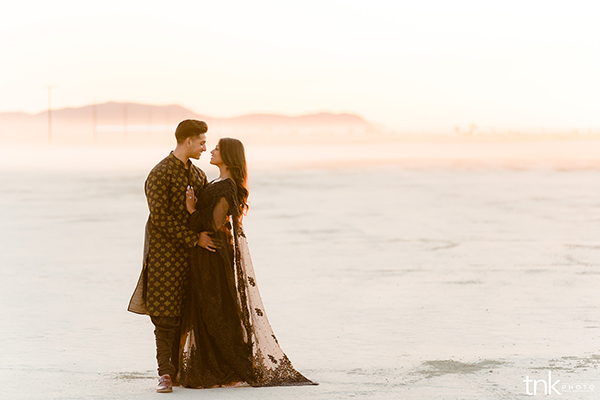
70-180mm (142mm), F/2.8, 1/400th sec., ISO 400
Click image to view larger
For instance, when Elmer attends the WPPI show in Las Vegas, he often visits Dumont Dunes, which is where he brought one couple a few days after their wedding for a unique shoot. “It’s a super-cool location—not many people can say they have photos taken in a location like this,” he says. “I’m always able to capture epic shots there. For this particular shoot, I’d wanted to shoot in the early evening, when the light was softer, but we got there early and it was really bright. So I figured I’d capture a silhouette of them to start off. I told them where to stand, right on the edge of the dune, then I sprinted about 200 feet back and took the shot.”
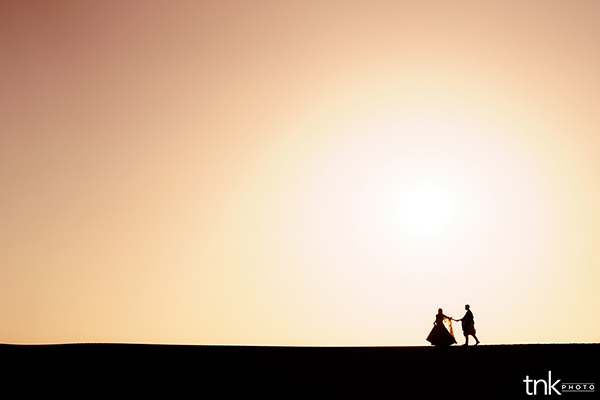
70-180mm (70mm), F/5, 1/6400th sec., ISO 100
Click image to view larger
About a month and a half before that couple’s wedding, Elmer had taken them out to the El Mirage dry lakebed for an engagement session, and he captured a photo he calls pure luck. “As the sun was starting to set, a car was driving across the lakebed, kicking up a ton of dust,” he says. “The sun caught up in all that dust looked so lovely, but I only had about 30 seconds to work with. I captured a few shots of them walking away, and a few shots of them walking toward me.”
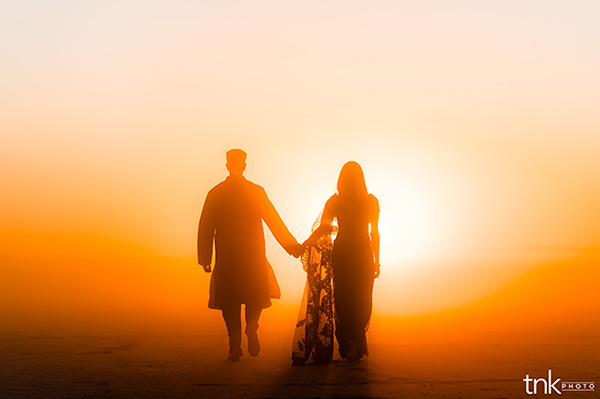
70-180mm (104mm), F/2.8, 1/2500th sec., ISO 400
Click image to view larger
After the sun dips below the horizon on these sweeping landscapes, Elmer is able to achieve photos that have a more serene look. “When the sun is up, you get harsher lines in the sand, with much more contrast,” he says. “But you can see in the photo where the bride is twirling in her dress how soft and dreamy the landscape is, and how it complements their outfits. The only thing you can’t tell from this photo is how hot it was out there, even at that time of day. That dress she was wearing was about 25 pounds, in what had been a day in the mid-90s. That’s another reason I try to shoot toward the end of the day, because locations like this can be brutal when the sun is hovering.”
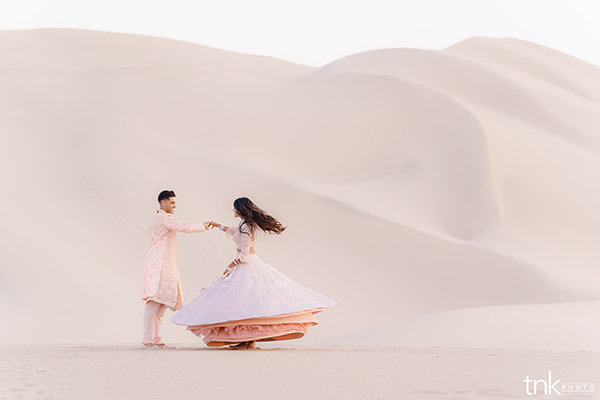
70-180mm (119mm), F/2.8, 1/400th sec., ISO 160
Click image to view larger
As the sun falls further, Elmer plays with light even more—and this is where his assistants prove vital. “The couple I silhouetted in the photo you saw earlier was still out on the dunes as the sky took on that yellow glow, and the dunes that purplish hue,” he says. “The colors were gorgeous, but I wanted the focus to be on the new husband and wife. So I had my assistant stand close to them with a strobe trained on them, like a spotlight, then simply Photoshopped my assistant out later. I always tell my assistants how integral they are to the process—I can’t capture photos like this without their help.”
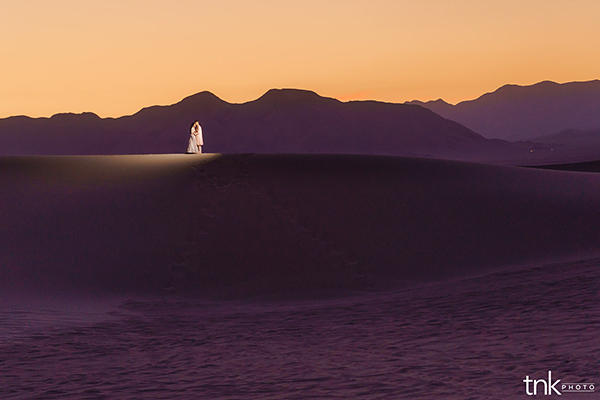
70-180mm (97mm), F/2.8, 1/100th sec., ISO 250
Click image to view larger
Elmer’s shoots aren’t all in locales that look like they emerged out of Lawrence of Arabia. For a wedding day shoot this past spring, Elmer headed to Marina del Rey, where he took more traditional photos, but with a twist. “Of course I took a few conventional portraits, but then I captured what I like to call the ‘first look’ images—when the groom is first casting his eyes on his bride as she walks toward him to take their vows,” he says. “At weddings, the focus is so often on the bride, as it should be, but you should also want to capture the groom’s emotions. You want to sense how he feels as he first sees his soon-to-be-wife in her dress. That’s where the 70-180 comes in very handy, because I can zoom in on that emotion without being intrusive or making him feel self-conscious. He can just be in the moment, and I’m able to keep clicking away to capture it.”
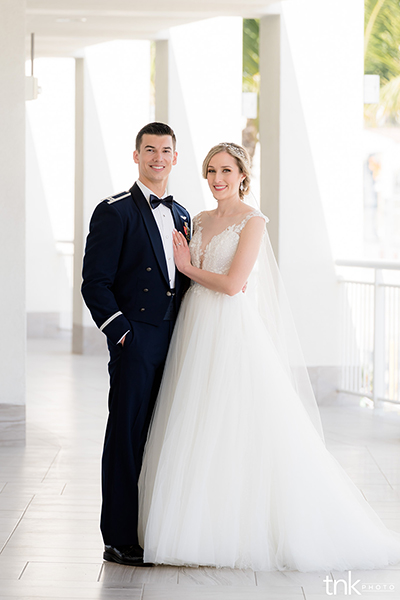
70-180mm (159mm), F/4.5, 1/350th sec., ISO 100
Click image to view larger
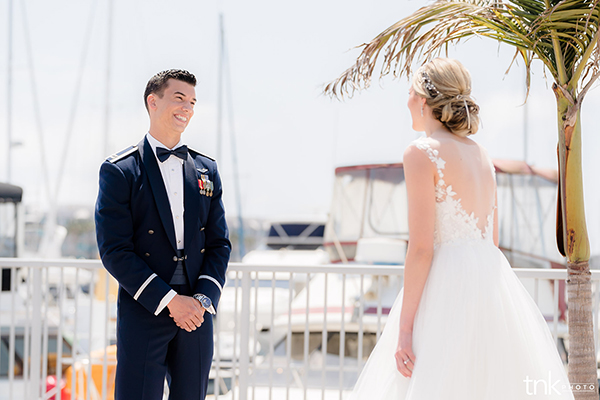
70-180mm (99mm), F/3.5, 1/3000th sec., ISO 100
Click image to view larger
To see more of Elmer Escobar’s work, go to https://tnkphoto.com.
More Photo Tips | Watch Videos | Learn More About Tamron Lenses | Photo Gallery
